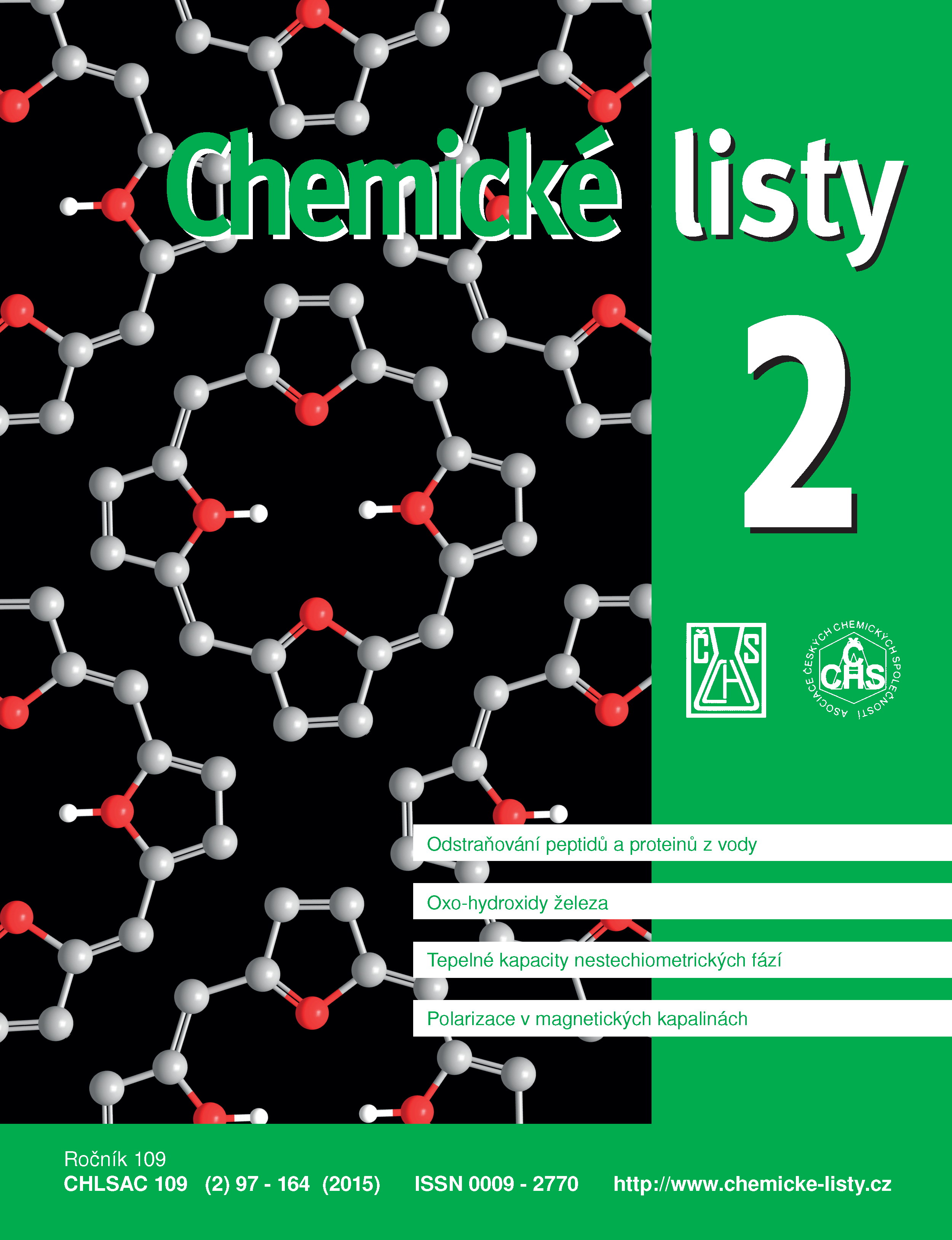Coagulation Mechanisms for Removal of Peptides and Proteins Produced by Phytoplankton
Keywords:
Al/Fe-peptide/protein complexes, coagulation, algal organic matter, peptides/proteins, binding capacityAbstract
Increased seasonal concentrations of algal organic matter (AOM) in raw water can disrupt production of drinking water. The aim of the present study is to elucidate the mechanisms involved in coagulation of peptides and proteins in AOM. The available data suggest that charge neutralization and nonspecific adsorption are the dominant mechanisms effective in the coagulation. The highest removal of peptides and proteins is achieved in the pH range 4–6, when positively charged hydrolysis products of a Fe(III) coagulant neutralize the negative surface of peptides/proteins. At a low dissolved organic matter (DOC) and Fe concentration ratio, nonspecific adsorption of peptides/proteins on Fe(III) oxide-hydroxide particles, as described by the electrostatic patch model, enables coagulation at pH 6–8. In contrast, at high concentration ratios of DOC/Fe, steric stabilization reduces the effectiveness of coagulation in the same pH range. At pH around 6, the coagulation is disrupted due to the formation of Fe-peptide/protein complexes. The study shows that the coagulation effectiveness and removability of peptides/proteins are strongly dependent on pH, which determines the charge of peptides/proteins and hydrolysis products of the coagulant and, therefore, the prevailing interactions between them.





